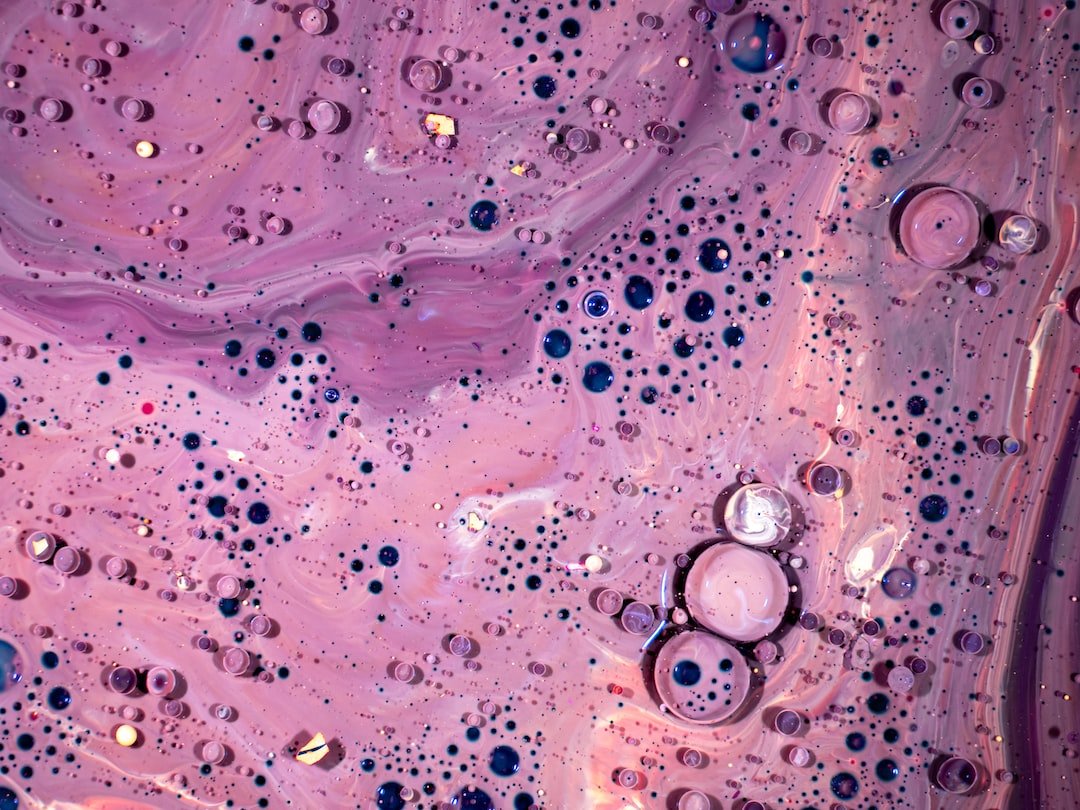Nature as a Canvas: Land Art and Environmental Sculptures
Nature has always been a source of inspiration for artists, providing them with infinite possibilities to create and express themselves. However, in recent years, a new form of art has emerged that goes beyond traditional canvases and galleries. Land art and environmental sculptures have transformed natural landscapes into stunning works of art, blending creativity with the beauty of the natural world.
Land art, also known as Earth art or environmental art, is a movement that began in the late 1960s and early 1970s. It involves creating outdoor artworks using natural materials found in the landscape, such as rocks, soil, vegetation, and even water. This form of art is often site-specific, meaning that it is designed to be experienced in a specific location and cannot be easily moved or replicated.
One of the most prominent figures in the land art movement was American artist Robert Smithson. He is best known for his iconic work, “Spiral Jetty,” created in 1970. Located in the Great Salt Lake in Utah, this massive spiral-shaped sculpture was made by piling rocks and earth into a 1,500-foot-long coil that extends into the water. Smithson once described his art as a way to “make something that was really near to nothing, into something that is monumental.”
Another remarkable example of land art can be found in rural Scotland. The “Forsaken Skies” installation, created by environmental artist Andy Goldsworthy, consists of hundreds of tree trunks, stripped of their bark and arranged in an organized grid pattern. This sculptural intervention brings attention to the deforestation issues in the area, while simultaneously adding an ethereal beauty to the landscape.
Land art can also be a temporary creation, subject to the natural elements and the passage of time. British artist Richard Long is renowned for his ephemeral artworks made during his long walks in natural environments. He records his journeys by arranging stones in specific patterns or making lines in the ground. These temporary sculptures provide a momentary connection between artist and landscape, disappearing as nature reclaims its space.
Environmental sculptures, on the other hand, are permanent installations that aim to create a harmonious relationship between art and nature. The “Broken Circle/Spiral Hill” installation in the Netherlands is a prime example of such sculptures. Created by Robert Morris in 1971, this imposing artwork consists of a broken circle on level ground, accompanied by a spiral-shaped hill. The artist wanted to challenge the traditional notion of sculpture by integrating it with the surrounding landscape, blurring the boundaries between art and nature.
In addition to their aesthetic qualities, land art and environmental sculptures also serve as platforms for discussing environmental issues and our relationship with nature. They raise awareness about the fragility of our planet and the urgent need for sustainable practices. These artworks encourage us to contemplate our impact on the environment and question our role within it.
Nature as a canvas for artistic expression has opened up new possibilities for artists to challenge the conventional boundaries of art and experiment with unconventional materials and techniques. Land art and environmental sculptures remind us of the beauty and power of the natural world, encouraging us to view the landscape with reverence and explore new ways to connect with our environment. By blending creativity with the bounty of nature, these artworks inspire us to think deeply about our role as custodians of the planet and the importance of preserving its beauty for generations to come.

